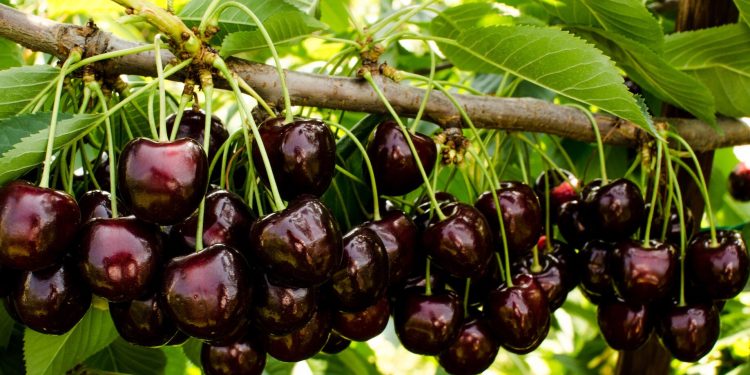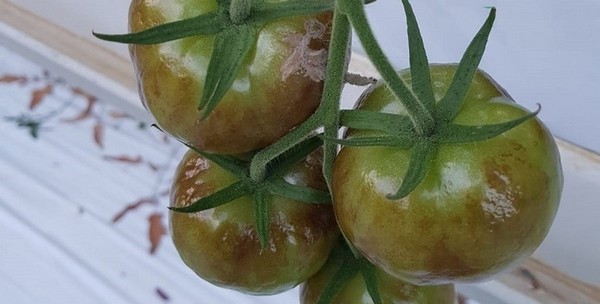#SweetCherryOrchards #RetractableRoofCovers #OrchardProtection
Explore the use of retractable roof covers in sweet cherry orchards and their impact on optimizing fruit quality and growth. Discover how protective covers can shield against adverse weather conditions, enhance pollination, regulate tree and soil temperatures, and reduce water consumption. Gain insights into the development and consequences of utilizing retractable roof covers for sweet cherry cultivation.
Protective covers have emerged as a crucial element in sweet cherry orchards worldwide, aiming to safeguard the delicate fruit from various environmental factors that can negatively impact quality and yield. The use of retractable roof covers is a promising approach to strike a balance between protecting the trees and allowing exposure to the outdoors for optimal growth.
In regions such as Michigan, the installation of rain cover systems has become increasingly common. Riveridge Produce Marketing, a prominent sweet cherry producer near Grand Rapids, plans to implement these covers in all their new plantings. By shielding the cherries from rain, these covers prevent cracking and other rain-induced damages.
Australia’s island of Tasmania has also witnessed significant investments in protective covers by cherry growers. Late-season rains that lead to cracking, as well as hail, wind, and frost, are major concerns for Tasmanian orchardists. Protective covers not only provide a shield against these threats but also contribute to improved pollination by creating consistent bloom times.
Extensive research conducted in Tasmanian orchards has shed light on the efficacy of different covering systems. While tunnels effectively keep rain off the trees, they create a humid microclimate that negatively impacts fruit quality. A retractable roof structure is considered the “Rolls-Royce solution” as it offers better control over sunlight, wind, and humidity. However, it is also the most expensive option.
One of the key findings from the research is that covered trees utilize approximately three times less water than uncovered trees. However, the connection between water use and fruit quality remains unclear, indicating the need for further investigation. Determining the optimal irrigation schedule for covered systems is an ongoing challenge for researchers.
The introduction of Cravo’s automatic retractable covering system in Tasmania’s Reid Fruits cherry orchard has showcased the potential of retractable roof covers. This system, along with other protective covers, has significantly mitigated the impact of late-season rains, hail, wind, and frost.
Richard Vollebregt, president of Cravo Equipment Ltd., emphasizes the importance of considering the temperature of the plant and fruit, rather than solely focusing on the air temperature within the cover. The use of retractable roofs allows for better control of transpiration rates and tree and soil temperatures, which can directly impact growth and fruit quality.
However, challenges still persist in optimizing the utilization of protective covers. The potential for overirrigation in covered systems necessitates the development of precise irrigation scheduling strategies. Additionally, engineering considerations, such as the load-bearing capacity of trellises and the geometry of orchard structures, play a crucial role in ensuring the effectiveness of retractable roof covers.
While protective covers offer numerous benefits, there are potential downsides to consider. Labor costs, especially for older systems that require extensive installation and removal efforts, can pose challenges. Therefore, protective covers are most advantageous for high-value fruit where their utility justifies the investment.
The use of retractable roof covers in sweet cherry orchards presents a promising avenue for optimizing fruit quality and growth. By protecting against adverse weather conditions, enhancing pollination, and regulating tree and soil temperatures, these covers offer valuable advantages. Further research and innovation will continue to refine the application and benefits of retractable roof covers in sweet cherry cultivation.










